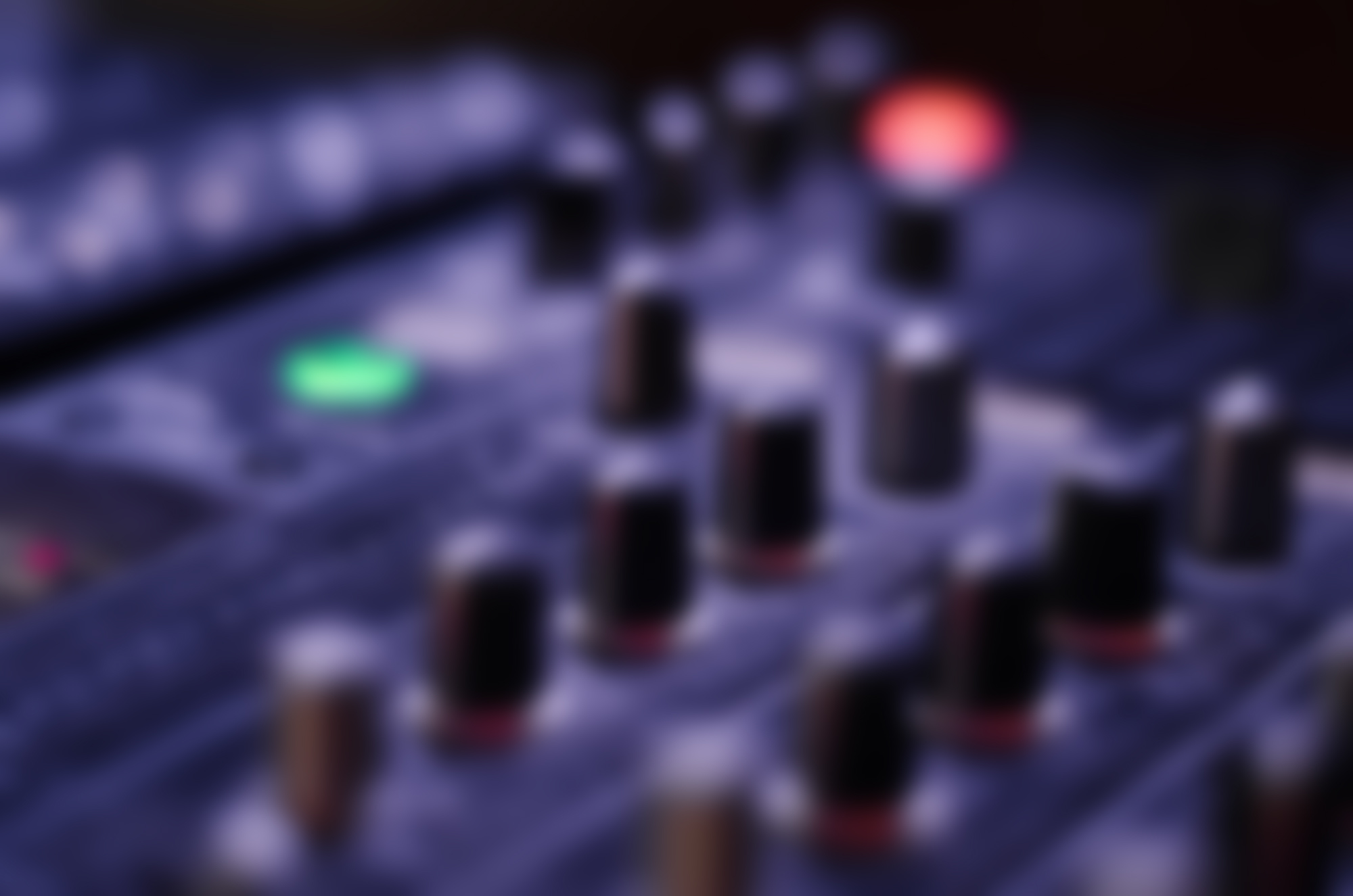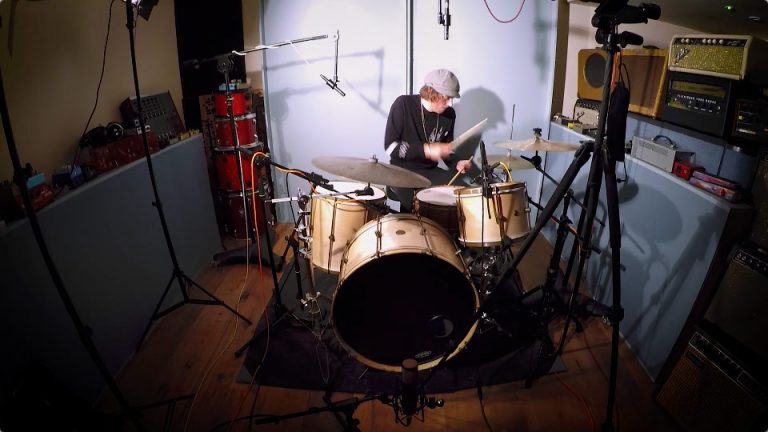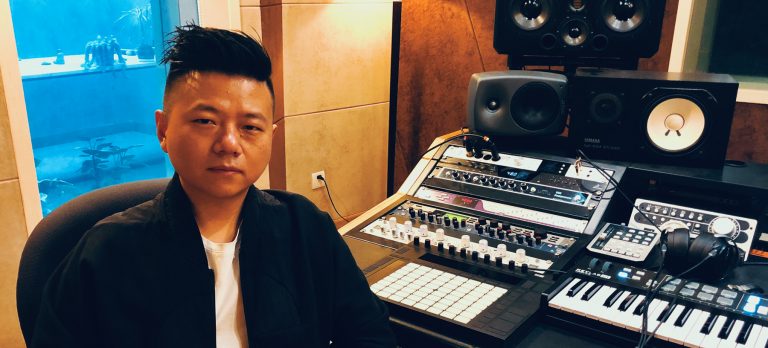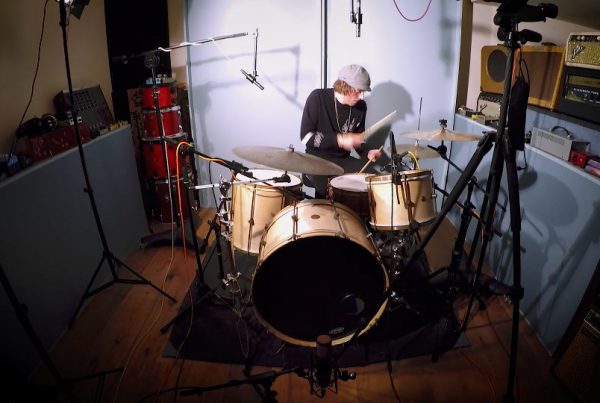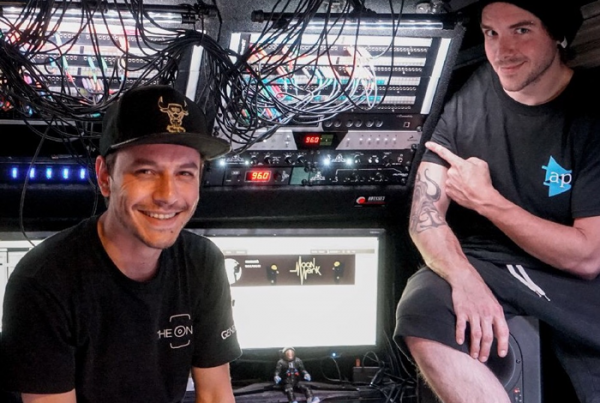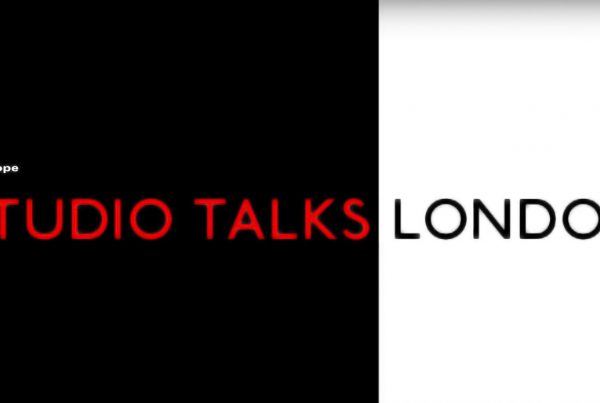Born on 8th April 1961 in Tokyo, Toshima ward. After graduating from Aoyama University with a masters degree, he attended the MPI Training Institute for Music Producers and in 1985 started working at King Records. In 1988 he transferred to the show producing company Telecom Sounds where he started working on the new show J-Wave. In 1991 he began an independent career as a freelance director and music writer. He produced the 9 hour long special edition of the J-Wave show, In The Mood Of David Foster (1994) and contributed to more than 400 CD liner notes. In 1998 he started his own label “Cool Sound”. While focusing on the reappearance of AOR, he worked on more than 180 discs to be launched on the Japanese market (these numbers are accurate to the date this article was published).
Why write about AOR?
AOR – Adult Oriented Rock was very popular in Japan when I was a high-school and college student. It’s no exaggeration to say that it influenced our whole generation. Artists like Air Supply, Christopher Cross and Boz Scaggs were especially popular among the female college students and office ladies. I can say that Yuming, Tatsuro and AOR were like a BGM standard for us when driving. The good thing about AOR was its sophistication, although it feels a bit funny to say words like ‘sophistication’ (laughs).
But what attracted me most to AOR was its good quality and musicality, at the young age of nearly 20 (laughs). We could divide the AOR fans into two groups – the atmosphere type and the data type. The atmosphere types enjoy and care about the atmosphere. AOR aired music not of a specific but of many different styles – jazz, soul, rock, bossa, so it was possible to select, for example, when making your own music tape, the music you’d like to hear in the morning or at noon, you could make your resort compilation or city night compilation. And you would play that tape on a date or give it to the girl you liked. On the other hand, the data types were vary interested in facts like, who is producing AOR, who participates in the backing or who writes the lines. If, for example, they know that a piece is produced by David Foster or that Steve Lukather (guitar) is playing on it, they buy it without thinking twice. And there were many fans like this. At that time we had LP records and we used to go to the shop for imported LPs and check the new records corner. We used to check the records for a jacket that inspired us most and, even if we did not know the artists, we used to check the names of the musicians printed on the record’s jacket. In middle school I started playing the guitar and soon I also started composing my own pieces. By the time I went to high school, I had mastered chord progression, so I was able to appreciate the arrangements and the high class of the players in the AOR records. Yes, I can say that I was the typical representative of the data group. I almost never spent the night to making a music tape for a girl (laughs).
800 Songs … What was your “Selection Process”?
In my first job at a recording company, I was responsible for the advertising. Later on I started as a director in radio shows. I was passionate about western music so I wanted to do a job that had something to do with music selection. At that time – from the late 80s to the early 90s – I was involved also in the writing of magazine articles and was asked to write CD liner notes as well. Gradually my name became known and often people would mention my name when speaking about AOR. In 2002, Shinko Music published the book ‘Disc Guide Series AOR’ which turned out to be a bestseller with 5 further editions.
We presented 500 discs in this book. However, last summer (2013) the guys from Shinko asked me to make a new version of the book, but this time they suggested we add another 200 discs, so that the people who bought the previous book would like to buy this one as well. We did it and as a result, the content increased to nearly 800 CDs. The book was published last March with the title ‘Disc Collection AOR’. Actually, at that time I was in contact with another publisher about a different AOR book, called ‘AOR – the works of famous producers’, which in the end was also published by Shinko Music. As I mentioned before, for AOR, the people who are behind the music scene are very important. This is why I decided to write about the producers that made these famous AOR records – I wanted to describe their careers and their works. I presented 77 producers, such as David Foster, Jay Graydon, Tommy LiPuma and Michael Omartian, and the whole time I was thinking ‘it’s so interesting that the producer of this album was involved also in this one’. By the way, in this book you can also find an interview with Joey Carbone who is a very successful composer and producer in Japan. He discussed the book on Facebook with some of the producers included in it and I was very surprised to receive many friend requests from producers I’d never met before. I was really honored, considering that the book is written in Japanese.
The AOR Books … What are they about? Key points.
Returning back to the ‘Disc Collection AOR’, I had to decide how to include another 200 discs in the new edition. The book is divided into various sections, on the basis of taste, i.e. Rock Taste AOR or Blue-Eyed Soul AOR, so I decided to increase the number of pages dedicated to the various sections. With the previous edition it was decided from the beginning to include 500 discs so I had to make a strong selection among the various candidates. This time I had more freedom, so my job was much easier. However, I didn’t think it would be interesting to have the same number of sections again, so I decided to include three new ones, quite broad in my view – Single Song Writers, New Stream and Early Days. The section Single Song Writers is what it literally says. New Stream represents the new tendencies starting from 2000 and includes, for example, various young bands from Northern Europe. On the other hand, Early Days is about AOR artists’ works from the days before they were famous. The previous book was about the golden ages of AOR, mostly from 1976 to 1982 and I was concerned not to make just another book about the old-time favorite songs. In the new edition the period goes from 1960 to 2010, which in my view is somehow a connecting point.
4. AOR and Audio Technology Listening History
Back in my day, it was very popular to air-check the FM shows. It was really exciting for me to buy some FM magazines and review the various programs. I would then select with a line marker a show to record. Many of my classmates in middle school (1974-76) were also into this. The music, especially the Western music, was a constant presence in our lives. My favorite magazine at that time was “FM Rekoparu”. There were also other magazines like ‘FM Fan’ and ‘Weekly FM’ and, by the time I went to college, also ‘FM Station’ and all of them had something specific. However ‘Rekoparu’ had a very rich audio section and in every issue it would cover new amplifiers, speakers or players. My parents bought me a Hi-Fi System when I was in middle school and later, with the money from my part-time job, as a college-student, I started upgrading every part of it – speakers by Diatone, player by Technics, amplifiers… Later on, the Beta Hi-Fi type of Video Deck was released and it made it possible to register only the sound from an external input on a video tape. It was so exciting. My passion for audio devices ended, however, in my early 20s. A part of my LP records collection went missing during the years but, by the time I started my first job I had around 2000 pieces. I had started to invest my savings in the ‘software’ and not so much in the ‘hardware’. Basically this is what made me what I’m now. I can’t however say that I had lost interest in ‘sound’. In 1998 I started my own label “Cool Sound” and I had the chance to experience the real meaning of remastering. In the beginning I’d always ask the L.A. engineers for some work. Later on, I had requests to reissue some famous old records by other companies and at that point I became interested in 24-bit digital mastering.
Tell us about the “Antelope Experience” …
Usually, when I have time I like to participate in conventions and gather information about new products. I was introduced to Antelope Audio by Michael Di Stasio with whom I’d made acquaintance through a mutual friend. I don’t have a studio but I use a computer in my daily work with compositions. I am interested in Antelope Audio products because they help me in many ways when dealing with audio and music production. Well, I should say that the price is a little bit high (laughs) so it makes you think a bit (laughs). But when I tried the products for the first time, I was amazed by the extent of the sound or, should I say, the brightness of the sound. You realize the difference just by connecting the Antelope Audio device between the CD player and the headphones. I decided to follow Michael’s words ‘Hearing is believing’, so I took my Shure SRH-840 headphones and a few of the 800 discs published in my book. I wanted to test it. I connected Zodiac Platinum to my iPad and selected upsampling as a DSD function. I played a piece by David Foster. My first reaction was ‘I can’t believe it! Is this really mp3?’. It felt like he was in the same room playing right in from of me. I’ve played his pieces at home for more than 10 years, I’ve also heard him playing live and I’ve done many interviews with him but now I was able to hear the playing nuances I’d never heard before. I was amazed. It felt like listening to the piece for the first time. This high-resolution experience was something really special so I kept playing many others, like Donald Fagen, Bobby Caldwell, Christopher Cross and George Benson. The audio critics will surely have many passionate speeches about the technology in the products created by Igor Levin. I cannot define myself as an audio maniac but I discovered the perfect way to summon the AOR masters like Michael McDonald, Boz Scaggs and Michael Franks. Thanks to Zodiac Platinum DSD.
Toshiki Nakada
President of Cool Sound Inc. – www.coolsound.co.jp
Music Journalist, Author, DJ, Producer, Song Writer.
AMAZON JAPAN “TOP SELLERS”:
AOR DISC COLLECTION (256pg) ・ AOR Disc Collection – 800 Discs included – 256 pages
ISBN-10: 4401638956 ISBN-13: 978-4401638956
Toshiki Nakada
AOR – THE WORKS OF FAMOUS PRODUCERS (208pg) – 208 pages
ISBN-10: 4401639022 ISBN-13: 978-4401639021
Toshiki Nakada

